What is On-Page SEO and Why is it Important?
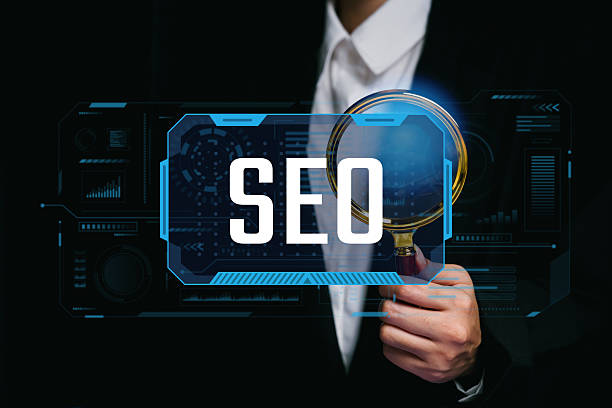
On-Page SEO is a set of actions you take within your website to improve your site’s ranking in search engines like Google (#Google).
These actions include optimizing content, title tags, meta descriptions, URL structure, and more.
The importance of on-page SEO lies in helping search engines better understand the content of your site and show it to users who are looking for relevant information.
In other words, if your site’s on-page SEO is strong, the chances of your site ranking higher in search results and attracting more traffic increase.
SEO is an ongoing process that requires attention and updates. By optimizing internal factors of the site, you can help improve your site’s ranking and increase traffic.
On-page SEO also helps create a better user experience, which is an important factor in site ranking.
Does your company’s website perform as well as your brand deserves? In today’s competitive world, your website is your most important online tool. Rasaweb, a specialist in professional corporate website design, helps you to:
✅ Attract customer credibility and trust
✅ Convert website visitors into customers
⚡ Get free consultation!
Keyword Research: The Foundation of On-Page SEO

Keyword Research (#KeywordResearch) is the first and most important step in on-page SEO.
You need to identify the keywords (#Keywords) that your target audience uses to search for information related to your business.
Various tools like Ahrefs Keyword Generator and Google Keyword Planner can help you find the right keywords.
After identifying keywords, you should use them naturally in your content.
Avoid overusing keywords (#KeywordStuffing), as this can lead to your site being penalized by Google.
Using related keywords (LSI Keywords) can also help improve your site’s ranking.
In other words, on-page SEO is not possible without fundamental keyword research.
Optimizing Titles and Meta Descriptions for Click Attraction
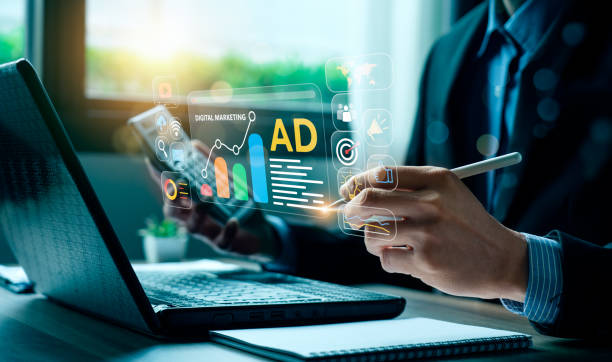
Titles (#TitleTags) and meta descriptions (#MetaDescriptions) are among the most important elements of on-page SEO.
Titles are displayed at the top of the browser page and in search results.
Meta descriptions are also displayed below the title in search results.
Both of these elements should be attractive and relevant to the content of the page to encourage users to click on your site’s link.
The title length should be between 50 and 60 characters, and the meta description length should be between 150 and 160 characters.
Use your main keywords in the title and meta description, but avoid overuse.
A good title should be concise and accurate, telling the user what they will find on the page.
A good meta description should briefly explain the content of the page and have a call to action (Call To Action).
Here is a table to guide you on the appropriate length of title and meta tags:
| Element | Appropriate Length | Description |
|---|---|---|
| Title | 50-60 characters | Displayed in search results and browser tab |
| Meta Description | 150-160 characters | Summary of the page content in search results |
This table can help you optimize your title and meta descriptions for the best performance in search results.
Content Optimization for Users and Search Engines
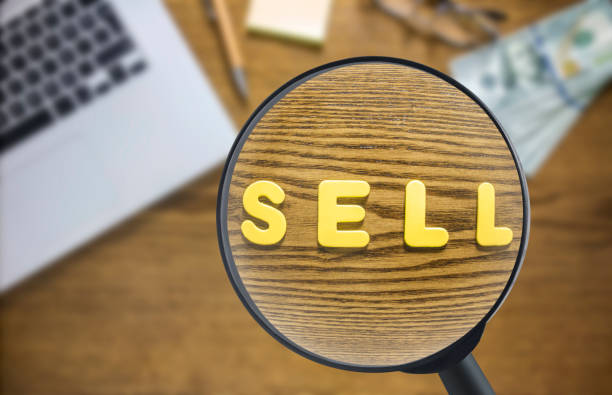
Content is King! (#ContentIsKing) High-quality and relevant content is the most important factor in on-page SEO.
Your content should be useful and engaging for users and answer their questions.
Also, your content should be optimized for search engines to easily understand it.
To optimize content, use your keywords naturally in titles, subtitles, and body text.
Divide your content into smaller sections and use short, readable paragraphs.
Use images and videos to make your content more attractive.
Internal and external links can also help improve your site’s ranking.
Does your current corporate website provide a worthy image of your brand and attract new customers?
If not, turn this challenge into an opportunity with Rasaweb’s professional corporate website design services.
✅ Significantly improves your brand’s credibility and image.
✅ Paves the way for attracting leads and new customers.
⚡ Contact Rasaweb now for a free and expert consultation!
Optimizing URL Structure for Readability and SEO

Your site’s URL Structure (#URLStructure) should be simple and understandable.
URLs should be short and descriptive, including the main keywords of the page.
Avoid using special characters and numbers in URLs.
URLs should be separated by hyphens (-), not underscores (_).
A good URL structure can help search engines better understand the content of your site and show it to users.
For example, a good URL for a page about “On-Page SEO” could be: https://www.example.com/seo-dakheli.
Remember that on-page SEO has a big impact on your site structure.
Optimizing Images for Speed and SEO
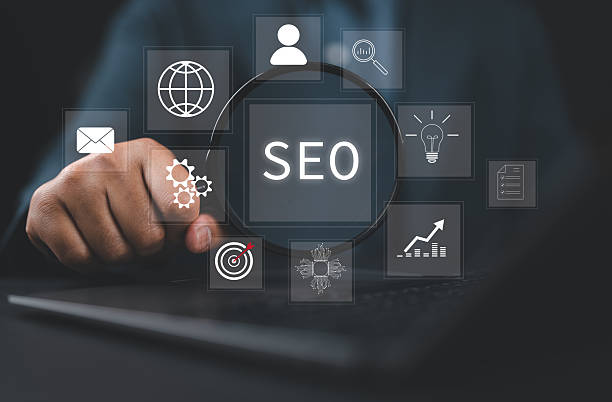
Images can help make your content more attractive, but if they are not properly optimized, they can slow down your site’s loading speed.
Site loading speed is an important factor in on-page SEO, so you should optimize your images.
To optimize images, use appropriate formats such as JPEG and PNG.
Reduce image size using image compression tools.
Use the alt tag to describe the images.
The alt tag helps search engines understand the content of the images and show them in search results. Also, optimize the image file names and use relevant keywords.
The Importance of Internal Linking in On-Page SEO
![]()
Internal linking (#InternalLinking) refers to the process of linking to other pages within your own website.
This helps search engines understand the structure of your site and identify the more important pages.
Internal linking also helps users easily navigate your site and find the information they need.
When linking to other pages, use appropriate anchor text.
Anchor text should be descriptive and relevant to the destination page.
Avoid overusing keywords in your anchor text.
A good internal linking strategy can help improve your site’s ranking in search results.
The table below shows an example of internal linking to related pages:
| Link From Page | Link To Page | Anchor Text |
|---|---|---|
| Homepage | On-Page SEO Article | On-Page SEO Training |
| Content Marketing Article | On-Page SEO Article | Website Optimization with On-Page SEO |
This table is designed as an example to show how internal pages relate to each other and how to use appropriate anchor text.
Improving Site Loading Speed: A Critical Factor in On-Page SEO
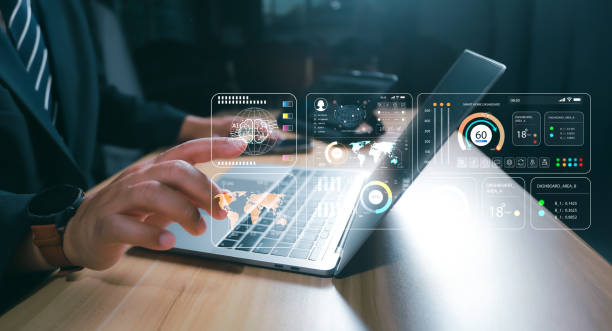
Site loading speed (#PageSpeed) is one of the most important factors in on-page SEO and user experience.
Users expect web pages to load quickly.
If your site is slow, users will leave it and go to other sites.
Google also gives better rankings to sites that have high loading speeds.
To improve your site’s loading speed, optimize your images, use a fast content management system (#CMS), use a content delivery network (CDN), and optimize your site code.
Various tools like Google PageSpeed Insights can help you identify your site’s speed issues.
Are you dissatisfied with the low rate of converting visitors into customers on your online store?
Solve this problem forever with professional online store design by Rasaweb!
✅ Increase the rate of converting visitors into customers
✅ Create a great user experience and gain customer trust
⚡ Get Free Consultation
Mobile Optimization: Mandatory for Modern SEO
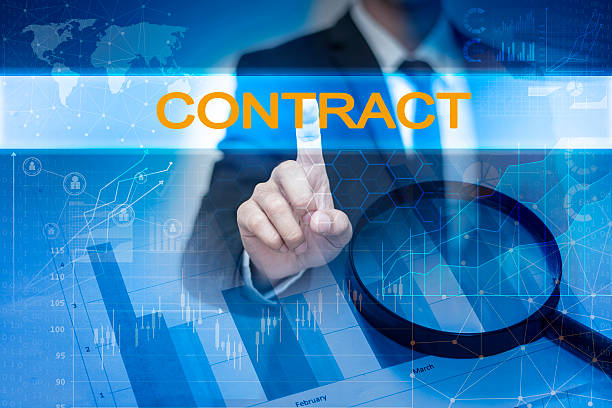
With the increasing use of mobile phones (#MobileDevices), optimizing your site for mobile (#MobileFriendly) is of particular importance.
Google gives better rankings to sites that are optimized for mobile.
Your site should be responsive (#Responsive), which means it automatically adapts to the screen size of different devices.
Also, your site should be easy to touch, and the fonts and buttons should be large enough for users to easily use them.
Google Mobile-Friendly Test can help you make sure your site is optimized for mobile. On-page SEO is very important for mobile.
Monitoring and Measuring On-Page SEO Results
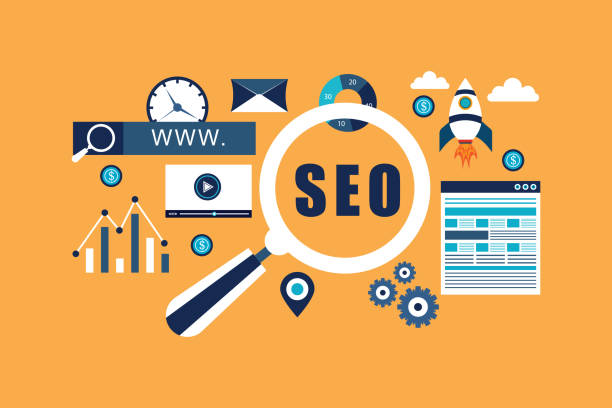
On-page SEO is an ongoing process that requires monitoring and measurement.
You should regularly review the results of your efforts and make necessary changes as needed.
Various tools like Google Search Console and Google Analytics can help you monitor and measure on-page SEO results.
Using these tools, you can check your site’s ranking in search results, site traffic, conversion rate, and other important metrics.
Based on this information, you can improve your on-page SEO strategy and achieve better results.
On-page SEO requires continuous review and changes to achieve the desired results.
FAQ
| Question | Answer |
|---|---|
| What is On-Page SEO? | It refers to the set of actions taken within a website to improve its ranking in search engines. |
| Why is On-Page SEO important? | Because it helps search engines better understand your site’s content and structure, and improves the user experience. |
| What are the most important elements of On-Page SEO? | Title and meta descriptions, keywords, URL structure, quality content, image optimization, internal linking, and site speed. |
| How to optimize the Title Tag and Meta Description? | The title should include the main keyword and be attractive, and the meta description should be an encouraging summary of the content with related keywords. |
| What is the role of keywords in On-Page SEO? | Keywords tell search engines what the page’s content is about and should be used naturally and intelligently in the text. |
| How is image optimization done for On-Page SEO? | By compressing the volume, using a descriptive file name, and filling the Alt tag with relevant descriptions and keywords. |
| What is Internal Linking and what is its purpose? | It is the connection of different pages of the site to each other. This helps distribute page authority and improve search engine crawling. |
| What is the importance of site loading speed in On-Page SEO? | High speed improves the user experience and is one of the important ranking factors for search engines like Google. |
| What impact does the site’s Mobile-Friendliness have on On-Page SEO? | Given the increase in mobile users, responsiveness is essential for providing a good user experience on all devices and prioritizing Google’s mobile indexing. |
| What are the important content-related factors in On-Page SEO? | Originality, quality, comprehensiveness, readability, appropriate use of headings (H1, H2,…) and regular content updates. |
And other advertising services of Rasa Web Advertising Agency in the field of advertising
Intelligent Conversion Rate Optimization: A professional solution for increasing click-through rates with a focus on SEO-driven content strategy.
Intelligent Marketing Automation: An exclusive service for growing sales based on the use of real data.
Intelligent Reporting: An effective tool for digital branding with the help of optimizing key pages.
Intelligent Marketing Automation: Transform SEO rankings with the help of real data.
Intelligent Marketing Automation: Transform website visits with the help of real data.
And more than hundreds of other services in the field of internet advertising, advertising consulting and organizational solutions
Internet Advertising | Advertising Strategy | Reportage Ad
Sources
What is On-Page SEO and what impact does it have on site SEO?
,On-Page SEO: Definitive Guide
,On-Page SEO: A Beginner’s Guide
,On-Page Optimization
? Are you ready to leap your business into the digital world? Rasaweb Digital Marketing Agency paves the way for your growth and visibility by providing comprehensive and specialized services. From SEO-optimized website design and search engine optimization to social media management and targeted advertising, we are by your side to have a powerful and effective online presence.
📍 Tehran, Mirdamad Street, next to the Central Bank, South Kazerun Alley, Ramin Alley No. 6


